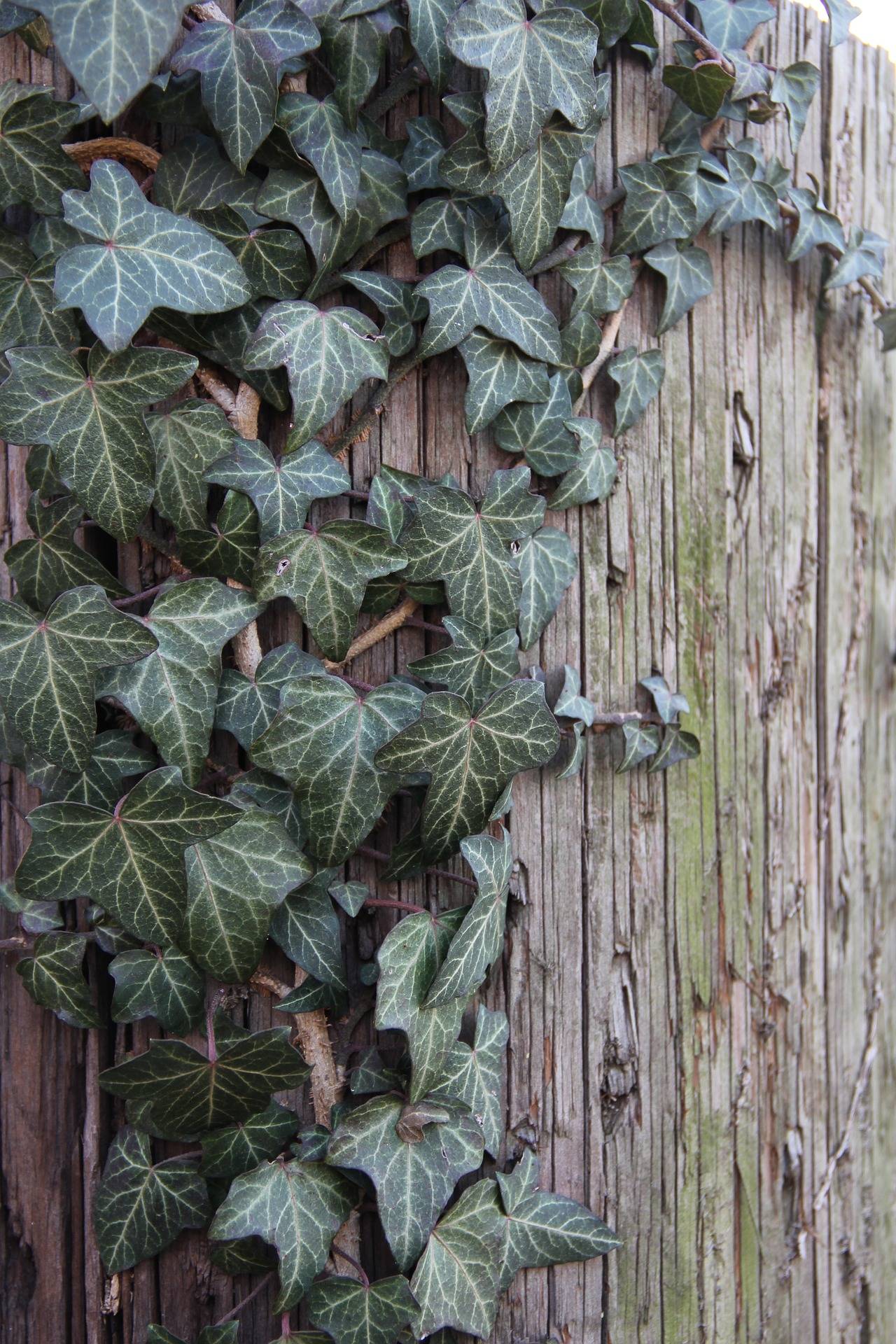Submitted by the Washington State Extention Agency
(By Judy Jackson and Richard Lee)
English ivy has been the old standby for gardeners and landscapers for decades. Clambering over bare ground, climbing trees both alive and dead, covering fences and walls, it survives with neither care nor attention. Its profusion of glossy green leaves has even become emblematic of the finest institutions of higher learning – the Ivy League. Yet throughout the northwest, millions of dollars have been spent on the removal and eradication of ivy.
Ivy, simply put, is a victim of its own success. Left unchecked, it grows prolifically, choking out surrounding plants, setting in motion the destruction of native grasses, shrubs, and ultimately, the forest itself. Ivy slowly kills the supporting tree by shading out the foliage, especially in deciduous species, and severely inhibits photosynthesis. Since it takes time for the trees to weaken, it may be difficult to determine cause and effect between the dying trees and overgrowth of ivy. The sheer mass of ivy in some cases also kills trees by causing them to break or fall. In areas of periodic high winds, trees burdened by the increased weight and mass of ivy are subject to wind throw — a significant cause for concern during our winter high-wind events.
On structures, ivy accelerates wood rot and pries apart shingles, walls, and fences. In watersheds, it chokes out deep-rooted plants that hold the soil, replacing them with its shallow roots. Instead of enhancing erosion control, the ivy-dominated land is more susceptible to erosion. Ivy suppresses the growth of native understory plants, and the animals that depend on these plants no longer have a food source. Unfortunately, ivy creates good habitat for vermin.
Ivy has become one of the most prevalent and destructive weeds in urban and suburban forests from California to Canada. In Portland, about 50 percent of the city’s parks and urban forests have become seriously infested. Ivy in the San Juan Islands has become common not only in local village centers and their environs but also in isolated patches throughout forests and public lands, including federal, state and county parks. Even the outer islands are not spared. Because of the threat ivy poses, four cultivars of ivy (Hedera hibernica ‘Hibernica’, H. helix ‘Baltica’, H. helix ‘Star’ and H. helix ‘Pittsburgh’) have been placed on the Washington State Noxious Weed List as Class C. They are selected for control San Juan County.
This designation means that, by law, these cultivars must not be allowed to spread. Since ivy does not produce seeds until it matures (about 10 years) and starts to climb, the first priority is to halt flowering and seed production. One achieves this by removing accessible seed heads and by preventing ivy’s encroachment into trees and structures. Once it does climb and reproduce, the fruiting plant’s seeds can be spread by birds to the surrounding forest, beginning new infestations. The second priority is to free the trees engulfed in ivy by cutting the vines at waist level and again at ground level, and then prying away the cut section.
One best achieves ivy control on the ground by pulling or digging up smaller patches, working your way towards denser infestations. Root removal is a key to long-term success with manual methods. Mowing, followed by the application of an eight-inch layer of mulch can also be effective.
The surest method of dealing with ivy is not to plant it in the first place. If you are looking for ground covers or vines, there are several low-maintenance options available. The choice depends on the conditions at the site. Contact the Weed Board, WSU Extension or the Conservation District for specific recommendations.
For more information on ivy control and other noxious weed questions, contact the Noxious Weed Control Program at 360-376-3499 or check the Washington State Noxious Weed Board’s site at www.nwcb.wa.gov/weeds/english-ivy.




